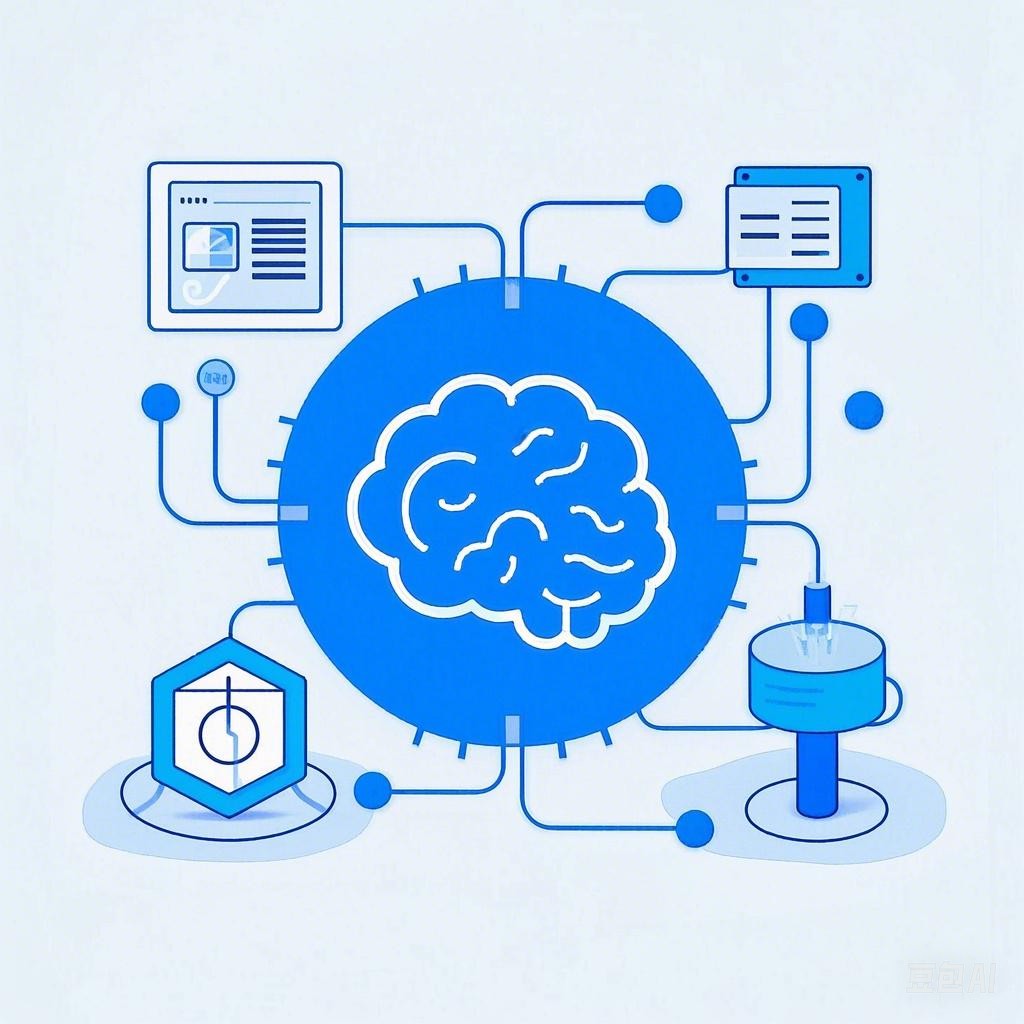Interactive design is a dynamic field that merges art, technology, and user experience (UX) to create engaging digital products and services. The aesthetics of interactive design play a crucial role in determining the success and appeal of these products. This article delves into the question: Is it possible to unlock aesthetics in interactive design, and if so, how?
Understanding Aesthetics in Interactive Design
What is Aesthetics in Interactive Design?
Aesthetics in interactive design refers to the visual and sensory appeal of a product. It encompasses aspects such as color, typography, layout, animation, and overall visual harmony. A well-designed aesthetic not only makes a product visually appealing but also enhances the user experience by providing a sense of delight and satisfaction.
The Role of Aesthetics in User Experience
The aesthetic aspects of interactive design significantly impact user experience. Here are a few ways in which aesthetics contribute to UX:
- First Impressions: The visual appeal of a product often determines whether a user decides to engage with it or not.
- Emotional Connection: Aesthetically pleasing designs can evoke emotions and create a connection with the user.
- Usability: A well-designed aesthetic can improve the usability of a product by making it intuitive and easy to navigate.
- Brand Perception: The aesthetic of a product reflects the brand’s values and identity, influencing how users perceive the brand.
Is It Possible to Unlock Aesthetics in Interactive Design?
The Challenges
Unlocking aesthetics in interactive design is not without its challenges. Some of the key challenges include:
- Balancing Functionality and Aesthetics: Designers must ensure that aesthetics do not compromise the functionality of a product.
- Cultural and Personal Preferences: Aesthetics are subjective, and what appeals to one user may not resonate with another.
- Resource Constraints: Limited budgets and timeframes can restrict the creative freedom of designers.
The Possibilities
Despite these challenges, it is indeed possible to unlock aesthetics in interactive design. Here are some strategies to achieve this:
- Research and User Testing: Conduct thorough research to understand the target audience’s preferences and conduct user testing to gather feedback on the design’s aesthetics.
- Design Systems: Utilize design systems to ensure consistency in aesthetics across different products and platforms.
- Collaboration: Collaborate with other designers, developers, and stakeholders to ensure a holistic approach to aesthetics.
- Continuous Learning: Stay updated with the latest design trends and techniques to keep the aesthetic appeal of products fresh and relevant.
Unlocking Aesthetics Through Examples
Example 1: Airbnb’s Design Evolution
Airbnb’s design evolution from a simple, minimalistic interface to a more vibrant and detailed one illustrates how aesthetics can be unlocked over time. The company conducted extensive user research and testing to understand how users interacted with the platform and what they desired aesthetically. This research led to a design that balances both functionality and visual appeal, resulting in a more engaging user experience.
Example 2: Google’s Material Design
Google’s Material Design is a comprehensive design language that provides a consistent aesthetic experience across various products. By leveraging shadows, elevation, and animation, Google has created a visually appealing and intuitive design that enhances the user experience.
Conclusion
Unlocking aesthetics in interactive design is possible, although it requires careful planning, collaboration, and continuous improvement. By understanding the role of aesthetics in user experience, embracing the challenges, and utilizing proven strategies, designers can create aesthetically pleasing interactive products that resonate with their target audience.
